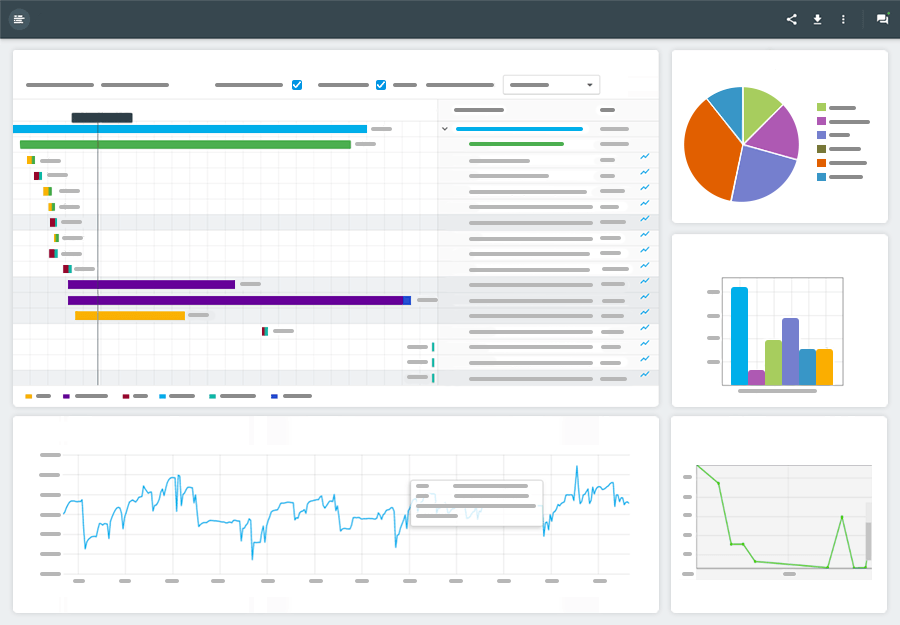Do you remember a time when smartphones and mobile websites were rare? For decades, desktop web access ruled the digital world. However, mobile web performance must no longer take a back seat, seeing that times have changed. Over the past few years, more and more internet users turn to their smartphones and tablets rather than traditional desktop and laptop platforms.
To recognize the ever-expanding importance of mobile web performance and design, all you must do is glance at the statistics. As of 2018:
- 80% of internet users turn to their smartphone for online research
- 72% of all digital advertising expenditures in the United States is for mobile platforms
- 57% of internet users refuse to do business with a poorly designed, and slow performing, mobile site
- 61% of internet users won’t likely return to a slow-performing mobile site
As you can see, the internet is taking a new, smaller, shape. Therefore, if you wish to remain competitive in your industry, the first place you should start is probably resting in your pocket at this moment.
Enhancing mobile web performance is no longer an option, but a requirement. Thankfully, fine-tuning mobile websites isn’t complicated, if you know where to start. Before diving into the architecture of your website, spend a few minutes reviewing these easy, yet imperative, mobile web performance tips.
Create a Benchmark with Mobile Performance Testing
The first step in creating a faster mobile website is to understand where you currently stand. Creating a benchmark is imperative for current and future development. So, where do you start?
One option is using the EveryStep Scripting Tool to create a script of a typical user path on your website or web application, upload to the Dotcom-Monitor Cloud, and set to run every minute. This will alert you of any errors on any device you select during setup. Dotcom-Monitor has over 40 desktop and mobile browsers to choose from, so a lack of options is never an issue. Find what application monitoring tool you need.
You can also take those scripts and put them into a load test. This will show you through video which elements on the page start to fail first. You will be able to see what your website looks like to your users while under heavy load.
While there’s plenty of other mobile site performance tools, why not have the leader in the digital race provide you with these essential metrics? Google Mobile-Friendly Test is an excellent platform to understand vital performance metrics.
Simply give the tool your URL, and in a matter of moments, Google will tell you whether your page is mobile-friendly. You’ll also receive a screenshot of how your site appears in a mobile Google search, and also gives you specific alerts regarding page load errors. Use this information when designing and refining your mobile site.
Reduce or Eliminate Mobile Redirects
According to Google, to maximize performance of your mobile website, you should minimize (or eliminate) the number of mobile page redirects. In case you’re unaware, redirects are unique instructions, typically in the form of 301s, that instruct and automatically transport visitors to a specific page.
While redirects aren’t an issue for desktop users, as they typically have more reliable internet connections, mobile devices are especially problematic as a single redirect can waste a massive amount of time and bandwidth.
Review your redirects, and if possible, eliminate them from your mobile website. You’ll instantly see a boost in website performance.
Above-the-Fold Content Loading – Prioritizing Content
The most essential element when it comes to creating a faster mobile website is content loading. It’s recommended to load mobile content in chunks, rather than all at one time. For example, code your website to only send the first part of your website to the server.
While loading above-the-fold content first may render an incomplete website, content is then systematically loaded as the user scrolls deeper into your site. This creates a faster performing website, which is appreciated by users and rewarded by Google with higher SERP ranking.


